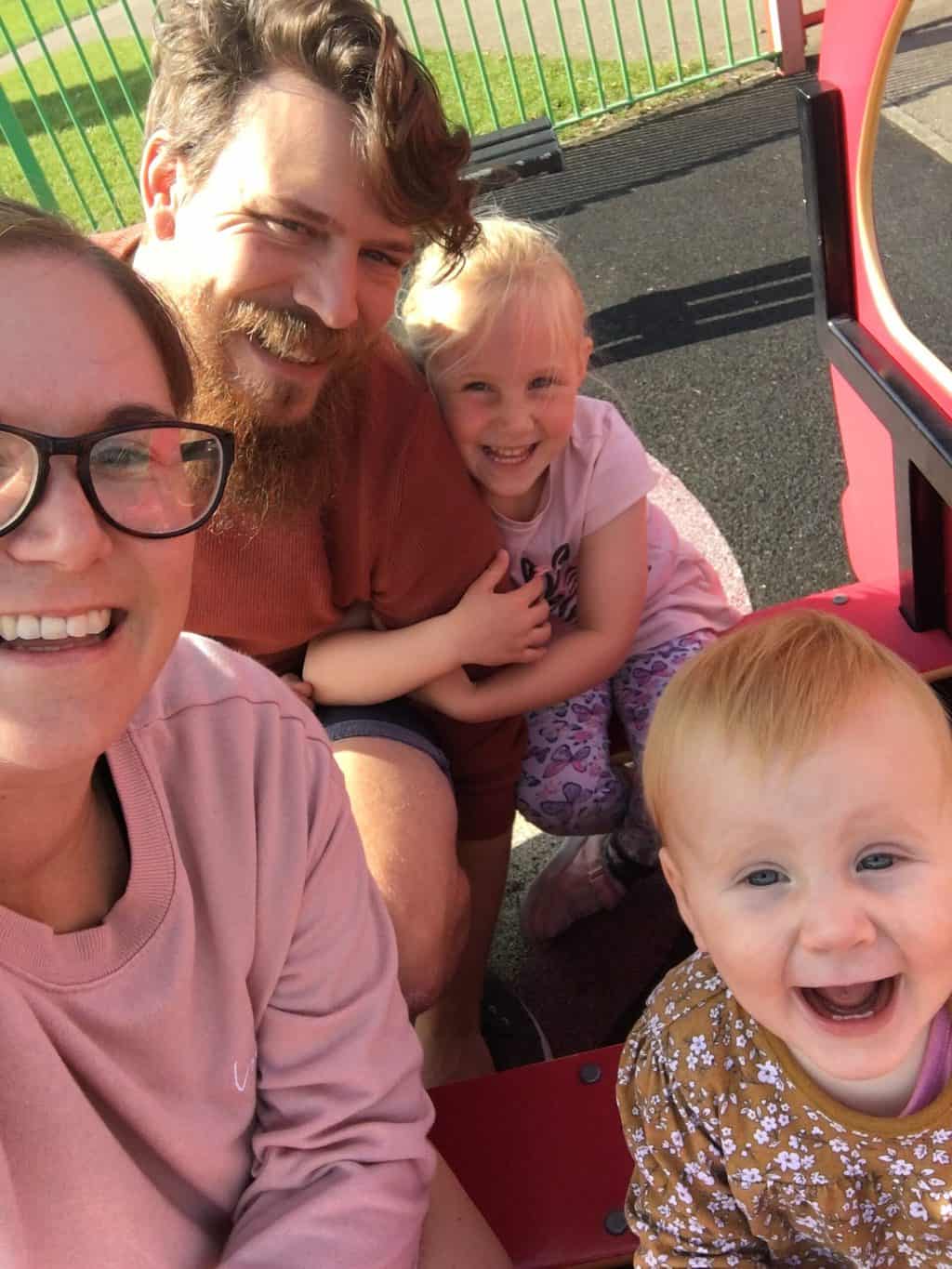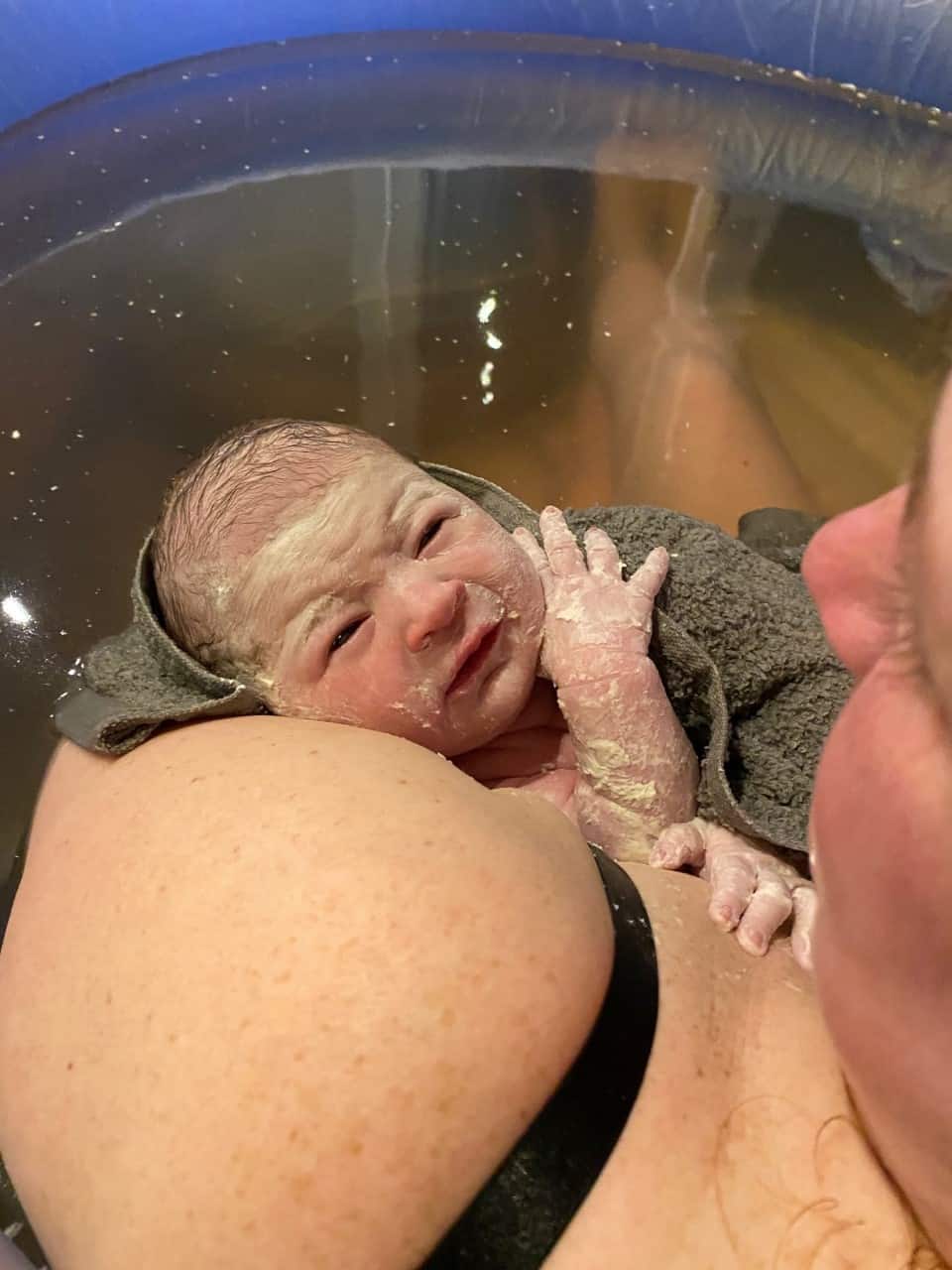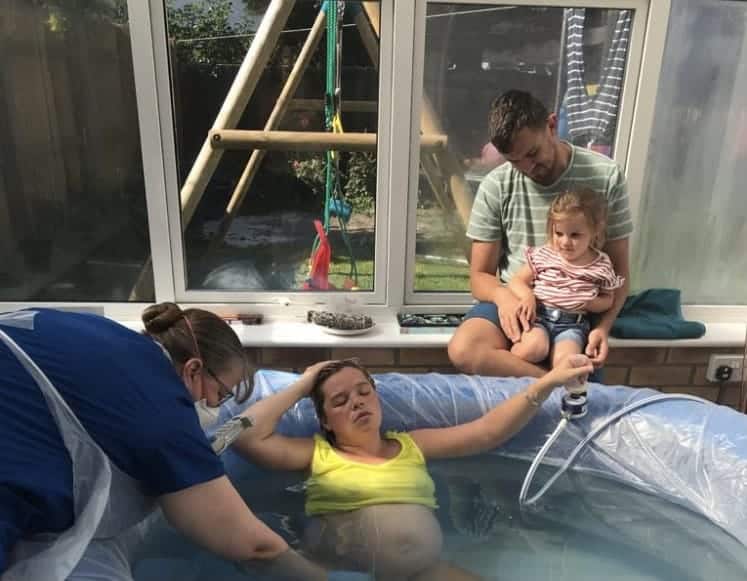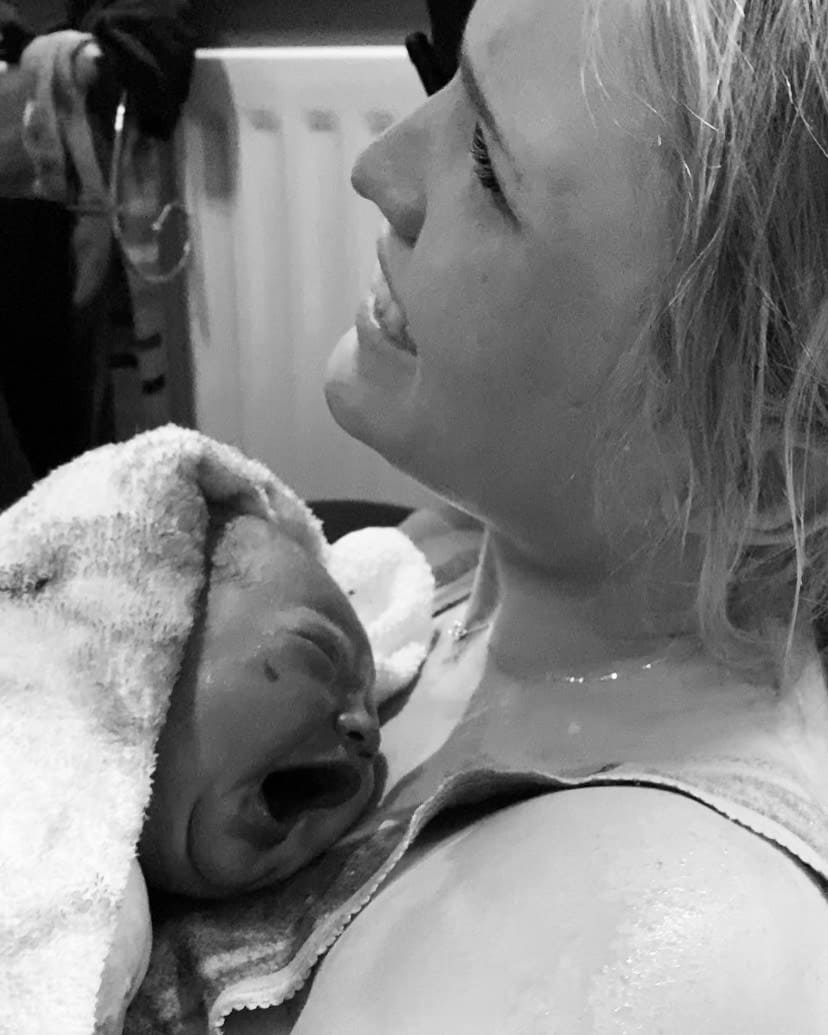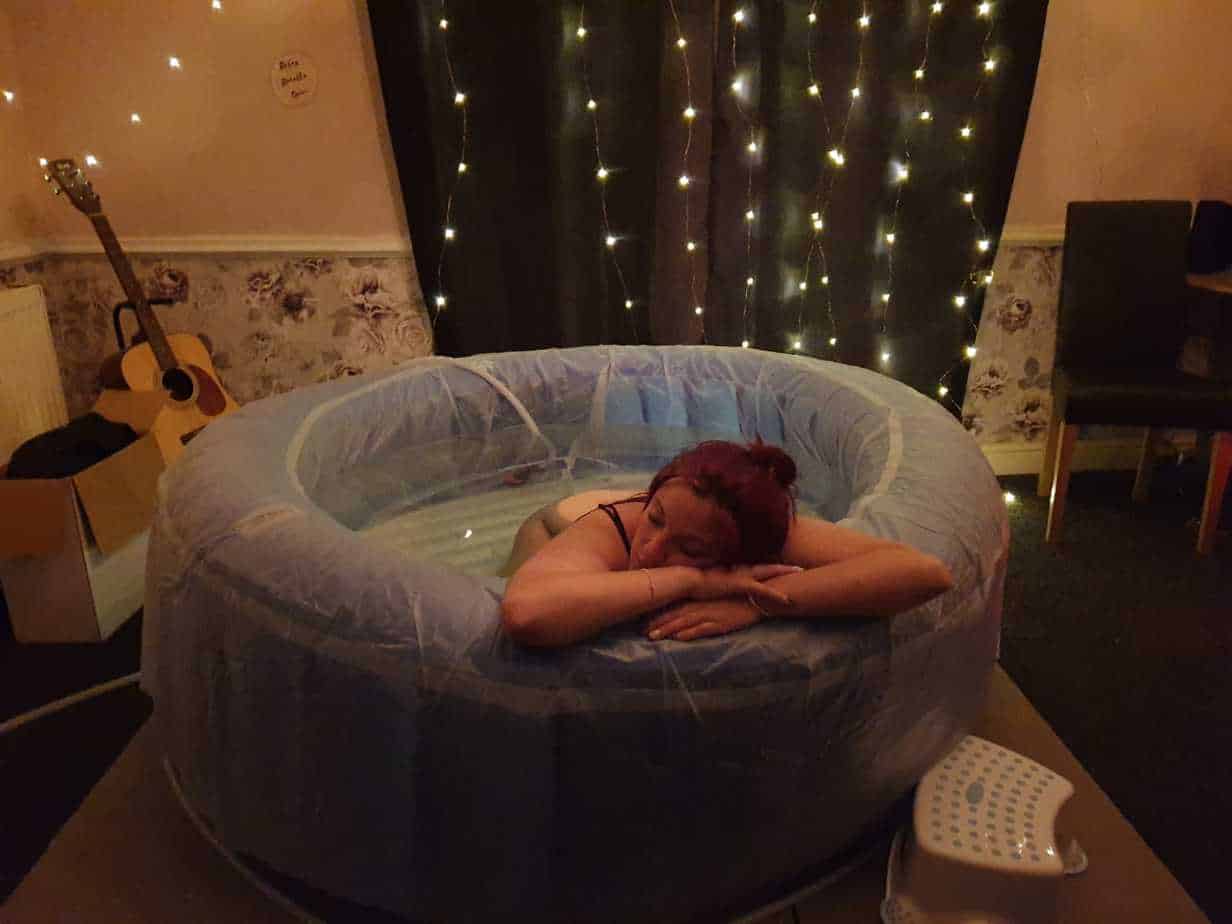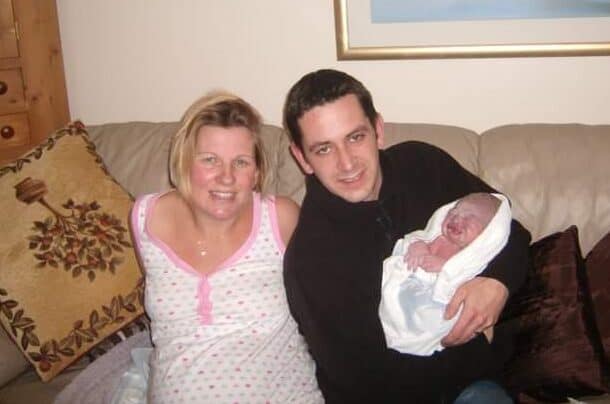Thinking Of Having A Home Birth?
Cheryl Samuels
Midwife, Project Lead All4birth,
BSc Midwifery,
Summary
Home birth midwifery services and therefore rates vary from country to country. Currently only 2.1% of births in England and Wales are at home.1 With the implementation of continuity of carer and dedicated home birth teams, the potential to see this figure rise is on the horizon. If your pregnancy has been straightforward and you and your baby are well, having your baby in your home environment is very safe for both you and your baby. Being at home is also very beneficial for the physiology of birth, the hormone oxytocin which is responsible for contracting your uterus during labour thrives on privacy, intimacy and security all of which for many people, are enhanced when feeling relaxed at home.
So what are the benefits?
A recent literature review published in The Lancet of around half a million women concluded that there was no significant difference in poor outcomes for planned home births for mothers or babies when compared to planned hospital births for uncomplicated pregnancies.2 In addition further research concluded that planning to birth at home significantly reduced their medical intervention.3 –
40% less likely to have a caesarean birth
50% less likely to have an assisted birth
60% less likely to receive oxytocin augmentation of labour
70% less likely to have use epidural analgesia
55% less likely to have an episiotomy
40% less likely to have a 3rd or 4th degree tear
30% less likely to have a postpartum haemorrhage
75% fewer reported maternal infections
If you are unsure about your place of birth, you can always book a home birth and request a home assessment from your community midwifery team when you go into labour and then decide on your final place of birth on the day. During a home birth you will be cared for continuosly by a midwife during established labour, if you are being cared for by a continuity team you may have met them already antenatally and they will call a second midwife to also attend when you are close to the time of birth.
What are the risks?
As mentioned above the latest evidence suggests that there is no significant increase in risk for women/birthing people or babies with uncomplicated pregnancies who choose to have their baby at home when all studies in this area are looked at together. It is also worth noting that the majority of the studies looked at in the review were from health care systems with a well integrated home birth service. 2 However one of the largest studies included in the review, the Birthplace study in England of 64,500 women, suggested that there was a slightly higher risk for the babies of women in England who plan a birth at home with their first labour (9/1000 versus 5/1000) but that there was no extra risk for the babies of women planning a birth at home in subsequent pregnancies. These findings included the outcomes for mothers and babies who transferred to hospital for one reason or another.4
Some factors to consider would be a possibility of a transfer in labour via ambulance if recommended by your care providers or requested by yourself. In the Birthplace study in England transfer rates were higher for women having their first baby 45% as opposed to 10% of women having their second or subsequent birth at home.4 However transfer rates can vary widely between different areas and care providers, so it would be beneficial to check your local transfer rates with your midwifery care team.
The most common reasons for transfer in labour are delay in labour progress, fetal heart rate concerns and the request for an epidural.4 For example other reasons maybe due to an abnormality picked up on maternal observations including raised blood pressure, high temperature or maternal exhaustion which is slowing contractions. For your baby a one off deceleration heard during intermittent auscultation of the fetal heart rate that recovers quickly or a slow rise in the baseline heart rate would indicate that continuous fetal heart rate monitoring is recommended. None of these are emergencies but it would be recommended to transfer into hospital for further monitoring and sometimes additional blood tests, medications or intravenous fluids. During your home birth booking in appointment your midwife will discuss very rare emergency scenarios and protocols with you.
What do I need in preparation for a home birth?
The good news is, not a lot! The main piece of equipment you may want to consider hiring is a birthing pool, it is worth checking with your care providers as some have pools to loan out for free. Labouring in water has been reported as an effective non-pharmacological method of pain relief and reduces the use of an epidural.5 Birthing pools also help to facilitate active birth positions which can increase the available space in your pelvis for your baby to rotate and engage, therefore shortening your labour.5 Just make sure you have a hose and correct adapter to fill up the pool and definitely do a trial run of inflating and using the hose beforehand to save any stress on the day! A new sterile disposable liner is essential and a bucket is helpful to quickly empty out water before adding more hot in, for when the pool temperature cools down. A sieve is handy to help keep the water clean and a hand held mirror for the midwife to use, both are usually included in hiring a pool, but if you are borrowing one these are really helpful items to have ready.
You will need to think about where you would like to have your baby at home, so you can plan which surfaces will need protecting (also don’t forget to inform your home insurance company). For example if using a pool downstairs in your kitchen or front room, does the flooring where you will be mobilising need a layer of waterproof protection and then some additional old sheets and towels on top? For after birth when the midwife offers to inspect your perineum incase of the need for suturing, do you want to lay on your sofa or bed? You will need additional waterproof coverage and old sheets and towels for this area too. For the baby all you will need initially to hand is a few old towels, a hat and a nappy and its a good idea to have a bag packed for yourself and baby incase of a transfer into hospital. I have listed the items seperately below –
Birth pool
Hose and tap adapter
Sterile liner
Handheld mirror
Sieve
Bucket
Waterproof floor/furniture coverings (old shower curtains work well or you can purchase covers from decorating supply stores)
Old sheets and towels
A pack of puppy training absorbent pads
A few comfort measures that are really helpful to purchase or borrow for your labour are listed below –
Gym ball (Make sure it is the right size for your height)
Hot water bottle for aches
Flannel to use as a cold or hot compress
Aromatherapy massage oil or diffuser
Plenty of drinks and snacks
Music
Low lighting
Pillows
Blankets
Paracetamol and Ibuprofen for after birth
What will the midwife bring to a home birth?
You may wonder if your midwife is planning to move in when they start to bring in their equipment! But essentially they are bringing a birth centre room to you and a lot of the equipment is for a ‘just in case’ scenario and they actually use very little on the day. Listed below are the essentials that they will bring to your home or sometimes drop off from your due date –
Your labour and postnatal notes and a child health record
A birth pack – which contains cord clamps, scissors and suturing equipment/local anaesthetic/pain relief if needed.
Absorbent inco pads
Stethoscope, thermometer, sonic aid, urine and blood pressure monitoring equipment
Entonox
Pethidine/Morphine if requested
Medication for the third stage of labour if requested/needed
Vitamin K, tape measure and scales for the baby check
Neonatal resusitation equipment
Emergency medication/equipment
You really do not need a lot in preparation to birth your baby at home and your midwives will clean up afterwards and dispose of the rubbish!
Planning to have your baby at home is a very safe option for you and your baby, if you are well and your pregnancy is uncomplicated. In addition it also greatly reduces your chance of having medical intervention. If you are thinking of having your baby at home, contact your midwife who can discuss your individual suitability and support you in your choice with a personalised care plan if needed. Being in your home enviroment greatly enhances the physiology of birth and is naturally where most people feel safe, unobserved and relaxed. Remember you can always book a home birth and then come into your birth centre on the day, if that is what feels right for you.
Links to resources
 Books
Books
Why Home Birth Matters – by Natalie Meddings https://www.pinterandmartin.com/
The Homebirth Handbook: How to have your baby calmly and safely at home – by Annie Francis
The Positive Birth Book – by Milli HIll https://www.millihill.co.uk/books/the-positive-birth-book/
The Father’s Home Birth Handbook – by Leah Hazard
 Websites
Websites
AIMS Association for improvements in the maternity services – https://www.aims.org.uk/
Dr Sara Wickham – https://www.sarawickham.com/
Birth Place Decisions – https://assets.nhs.uk/prod/documents/NHSE-your-choice-where-to-have-baby-first-baby-sept2018.pdf
 Social Media
Social Media
The Positive Birth Movement – https://www.instagram.com/positivebirthmovement/
Birth-Ed – https://www.instagram.com/birth_ed/
Home Birth UK – https://www.facebook.com/groups/10150118713410541/?ref=share
References
1. McLaren E. Birth characteristics in England and Wales. ONS. https://www.ons.gov.uk/peoplepopulationandcommunity/birthsdeathsandmarriages/livebirths/bulletins/birthcharacteristicsinenglandandwales/2019. Published 16 November 2020. Accessed 22 February 2021.
2. Hutton E, Reitsma A, Simioni J, Brunton G, Kaufman K. Perinatal or neonatal mortality among women who intend at the onset of labour to give birth at home compared to women of low obstetrical risk who intend to give birth in hospital: A systematic review and meta-analyses. The Lancet. 2019;14:59-70.
3. Reitsma A, Simioni J, Brunton G, Kaufman K, Hutton E. Maternal outcomes and birth interventions among women who begin labour intending to give birth at home compared to women of low obstetrical risk who intend to give at hospital: A systematic review and meta-analyses. The Lancet. 2020;21:1-10.
4. Birthplace in England Collaborative Group: Brocklehurst P, Hardy P, Hollowell J et al. Perinatal and maternal outcomes by planned place of birth for healthy women with low-risk pregnancies: The Birthplace in England national prospective cohort study. BMJ. 2011;23(343):d7400.
5.Cluett ER, Burns E, Cuthbert A. Immersion in water in labour and birth. Cochrane. 2018;(5):CD000111. https://www.cochrane.org/CD000111/PREG_immersion-water-labour-and-birth. Accessed: 22 February 2021.








